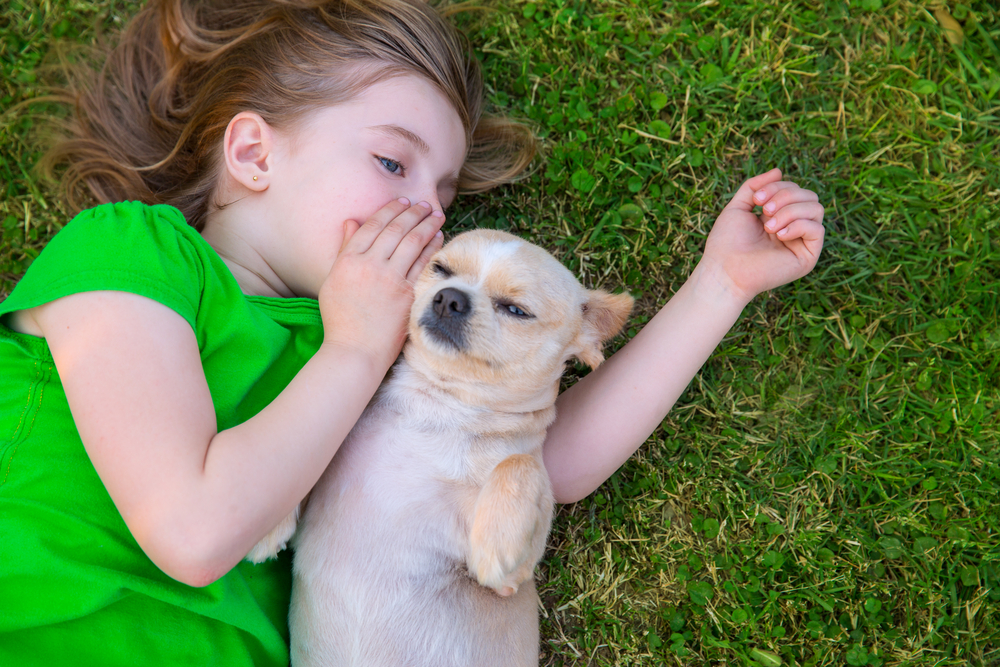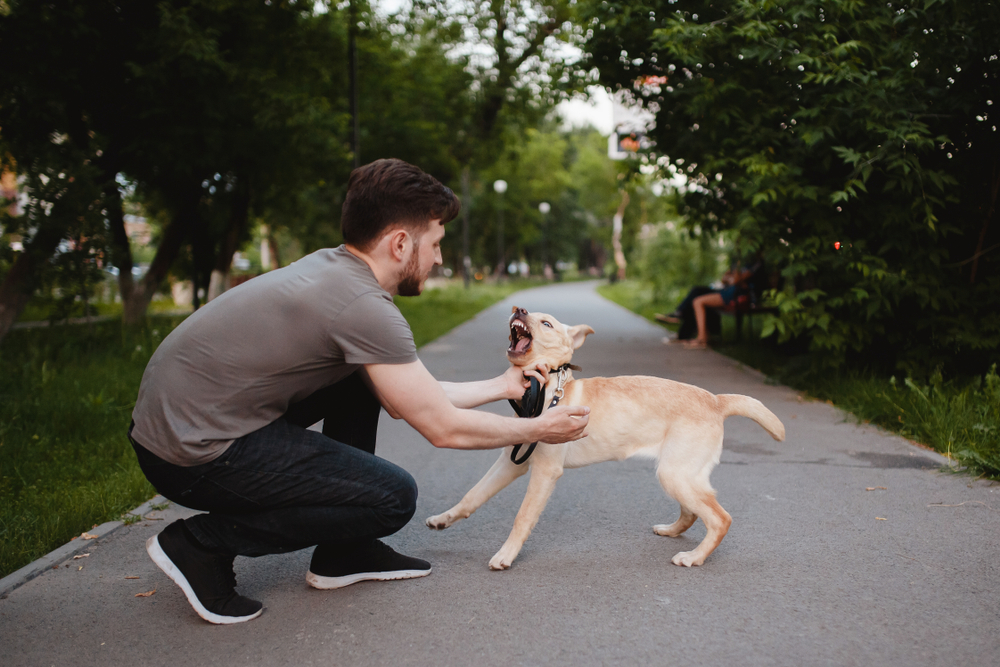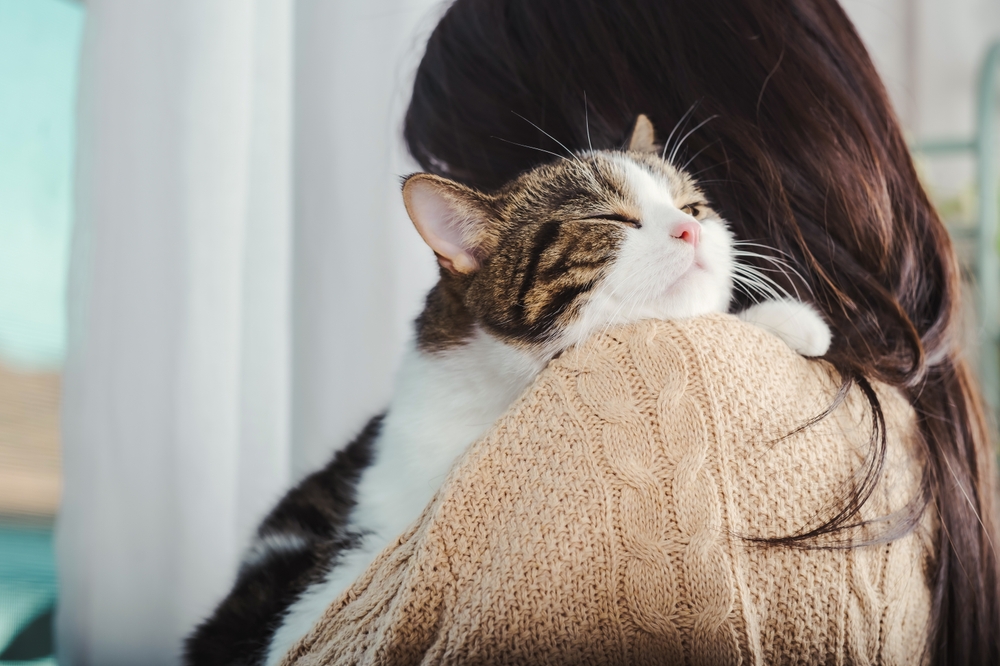Psychology: People Who Talk To Their Pets Like They Are Humans Display Certain Emotional Traits

Have you ever caught yourself talking to your dog like they’re your roommate? Or explaining your mood to your cat as if they might actually chime in with advice? You’re not alone — and you’re definitely not crazy. In fact, this small, seemingly odd behavior might be revealing something far more meaningful than we give it credit for.
I’ve always been fascinated by what makes us human — the quiet habits, the hidden thoughts, the ways we reach for connection. And this one, talking to pets like they’re people, has stuck with me. Why do we do it? Is it comfort? Is it habit? Or is it something deeper?
As it turns out, psychology has a lot to say about this. It’s not just cute — it’s a signal. A reflection of empathy, emotional intelligence, creativity, mindfulness, and more. It’s in these small conversations — the ones where we think no one’s really listening — that some of the most human parts of us come alive.

Talking to Pets Is a Sign of Deep Empathy and Emotional Intelligence
Have you ever caught yourself having a heart-to-heart with your dog after a rough day, or narrating your morning routine to your cat like they were your roommate? If you have, you’re not weird — you’re probably just emotionally intelligent. In fact, talking to pets as if they understand us isn’t childish or silly. Psychology tells us it reflects something far more meaningful: empathy and emotional attunement.
Empathy — the ability to recognize, understand, and share the feelings of another — doesn’t stop at human-to-human interaction. People who converse with their pets often demonstrate a remarkable capacity to perceive the emotional states of non-verbal beings. They notice when their dog is anxious or their cat is agitated. And more importantly, they respond. Whether it’s through soothing tones or comforting touch, these individuals instinctively offer emotional care.
This behavior aligns with the concept of emotional intelligence, a term popularized by psychologist Daniel Goleman. Emotional intelligence isn’t just about managing your own emotions — it’s also about accurately reading the emotions of others and responding with compassion. When someone talks to their pet like a confidant, what they’re actually doing is exercising the very muscles of emotional awareness and empathy that psychologists regard as key to healthy relationships and mental well-being.
Interestingly, this emotional depth doesn’t stay confined to their relationships with animals. Studies and anecdotal observations suggest that these same individuals often extend their sensitivity to the people around them. They tend to be better listeners, more considerate friends, and more emotionally available partners.

Solitude Doesn’t Scare Them — It Strengthens Them
People who talk to their pets like they’re human aren’t just passing time — they’re tapping into a unique form of companionship that doesn’t depend on constant human interaction. In a world that often equates being alone with being lonely, these individuals quietly challenge that narrative. They find peace in solitude and richness in the company of a creature that never judges, never interrupts, and always listens. It’s not about isolation — it’s about comfort in one’s own presence, with a furry friend as a witness to their inner life.
This kind of emotional self-sufficiency often emerges during life’s quieter, even painful, seasons. For many, a pet becomes a steady presence during periods of personal transition — a breakup, a move, a loss. When they talk to their pet, they’re not seeking validation from others, but rather creating a space where their thoughts and feelings can breathe freely. It becomes a ritual of grounding, a gentle reminder that connection doesn’t always need to come from a fellow human to be real or meaningful.
Psychologically, this comfort with solitude can be a marker of maturity and resilience. People who don’t fear their own company often have a stronger sense of self and clearer boundaries. They aren’t constantly chasing noise to fill a void — they’re comfortable with silence, and they’ve learned to turn inward instead of outward for reassurance. Their conversations with pets become symbolic of this inner stability — a playful yet profound act of self-reflection made safe by a trusted companion.
What’s powerful here is not just that they talk to their pets, but that they feel heard — even if there are no words in return. It reveals a mindset that values emotional presence over verbal feedback, and inner peace over external approval. It’s not loneliness; it’s the kind of solitude that builds strength, sharpens self-awareness, and allows space for quiet joy.

Silent Conversations Spark Creative Thinking
It might seem odd at first — holding conversations with a creature who can’t talk back — but this simple act can quietly unlock powerful cognitive benefits. People who talk to their pets often find themselves thinking out loud, sorting through problems, or even brainstorming ideas in the presence of their furry companion. And as it turns out, that process can stimulate creative thinking in unexpected ways. The act of verbalizing thoughts, even to a non-verbal audience, encourages mental clarity and opens new pathways in the brain.
Research from the University of Chicago has shown that talking to oneself can enhance cognitive performance and improve problem-solving skills. When this concept is extended to pet owners, their chats with animals become more than affectionate quirks — they become tools for mental exploration. Whether it’s running through potential solutions to a problem or simply narrating the day’s events, these conversations often help people hear their own thoughts more clearly. In the quiet, judgment-free space that pets offer, ideas are free to evolve without fear of interruption or criticism.
These interactions also stimulate imagination. When people engage their pets in pretend conversations or assign them playful personalities, they’re flexing creative muscles — building mini narratives in their minds. This playfulness doesn’t just entertain; it cultivates flexible thinking and opens the door to lateral problem-solving. The ability to think in metaphors, see different angles, and engage with abstract ideas often gets nurtured in these casual yet imaginative exchanges.
For creative professionals, thinkers, and anyone navigating complex decisions, this practice can be surprisingly effective. It’s like brainstorming with a trusted partner who never interrupts or pushes back. In this way, talking to pets becomes more than emotional release — it becomes a practical mental habit that helps people access fresh perspectives, clarify intentions, and arrive at solutions they might not have seen otherwise.

Mindful Moments and a Natural Instinct to Nurture
Talking to pets isn’t just a reflection of what’s happening internally — it also shapes the quality of our attention in the present moment. People who regularly engage in conversations with their pets often find themselves slowing down, becoming more attuned, more deliberate. Whether it’s describing the weather to a cat lounging by the window or playfully explaining a TV show to a dog curled at their feet, these interactions invite the speaker to be fully present. It’s mindfulness in motion — no meditation cushion required.
Mindfulness, at its core, is about anchoring ourselves in the now, observing without judgment. And pets are natural facilitators of that practice. They live moment to moment, reacting to tone, energy, and body language. When humans meet them in that space, talking softly, making eye contact, tuning in — they aren’t just communicating; they’re recalibrating their nervous system to match a calmer, more grounded frequency. For many, these small exchanges become emotional resets throughout the day, moments of connection that pull them out of anxious loops and into presence.
This mindful attention also awakens something deeper: the instinct to nurture. Speaking to pets in a kind, human-like way often reflects a broader caregiving trait. These individuals don’t just see their pets as animals; they see them as companions deserving of understanding and care. From checking if their dog is too cold to asking their rabbit how they’re feeling that day, their words reveal a desire to comfort, protect, and connect. It’s not performative — it’s genuine. And that nurturing nature often extends beyond the animal world, showing up in the way they support friends, raise children, or care for community.
In a culture that often prizes speed and productivity, people who stop to talk to their pets are practicing something radical: presence, patience, and gentle care. They don’t just move through life — they tend to it, moment by moment, word by word, one quiet conversation at a time.
What Your Pet Can Teach You About Being Human
We often think of talking to our pets as something small — a harmless quirk, a passing moment of affection. But what if it’s more than that? What if, in those conversations, you’re actually practicing some of the most essential human traits: empathy, presence, creativity, and care? What if these simple acts are not only revealing who you are but also shaping who you’re becoming?
In a time when so many people feel disconnected — from others, from themselves, from the moment they’re in — talking to a pet becomes a bridge back to what matters. It’s unfiltered, unhurried, and deeply real. Your dog doesn’t care about your resume. Your cat isn’t measuring your worth in likes or followers. And because of that, you show up as your truest self — not to impress, but to connect. That’s rare. That’s sacred.
So the next time you find yourself chatting away with your furry friend, don’t brush it off as silly or strange. Recognize it for what it is: an expression of emotional depth, a spark of creativity, a moment of mindfulness, and a quiet act of love. In a world constantly pulling you outward, that one-sided conversation is pulling you inward — toward compassion, authenticity, and presence.
Loading...

